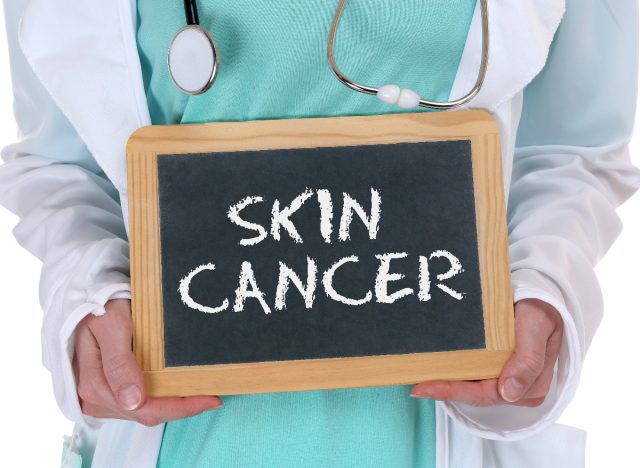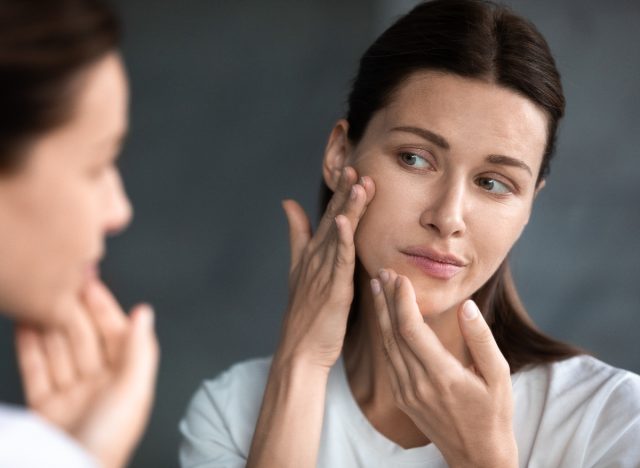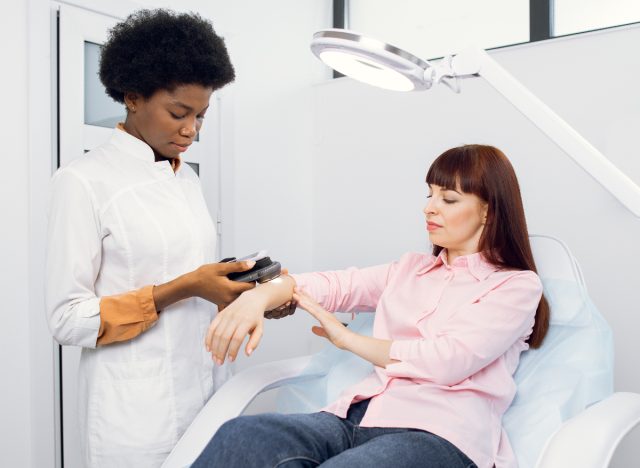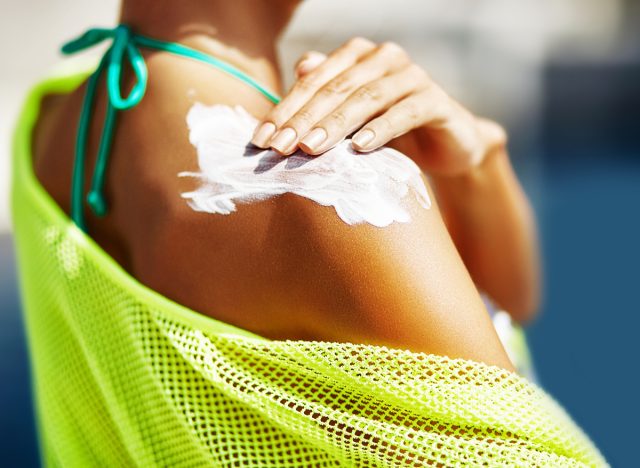Agencies-Gaza post
Subtle red flags that could point to skin cancer
Protecting your body and being aware of any differs that may happen are daily habits of maintaining a healthy lifestyle. Being kind to your skin and performing a routine assessment is essential, as there can be subtle red flags that point to skin cancer you may be overlooking.
The most common forms of skin cancer

Dr. Libby tells us that the most common forms of skin cancer include melanoma, squamous cell carcinoma, and basal cell carcinoma, the deadliest form being melanoma. Squamous cell and basal cell carcinomas are described as “non-melanoma skin cancers” and are the types that are most common in the United States.
“They tend to occur in sun-exposed areas of the body like your head and neck and can look like pearly, waxy bumps or scaly, crusted flatter lesions to firm, red nodules,” Dr. Libby explains. Melanoma lesions are typically pigmented, but it’s important to know they can also have no pigment at all (those are amelanotic).
The subtle warning signs

These are the warning signs to look out for, according to Dr. Libby. “Warning signs are the ABCDEs: asymmetry (one half is unlike the other half), border (irregular, scalloped, or poorly defined border), color (varying colors in the lesion), diameter (>6mm or larger than the size of a pencil eraser), and evolving (is the lesion changing in size, shape or color),” she says.
When to get screened for a full-body skin cancer check

It’s strongly recommended to get screened for a full-body skin cancer check every six to 12 months if there’s a family history of skin cancer or you’ve had it before. This also includes a history of consistent sun exposure, sunburns, or usage of tanning beds. Dr. Libby advises, “For some with extensive skin cancer history or higher risk features like having had an organ transplant, that frequency may be increased to even every three to six months.”
Live life in the sun wisely

It’s important for everyone to live life in the sun wisely to decrease their risk of developing skin cancer. You can do this by wearing sunscreen protection, and re-applying every two hours. This will decrease the UV (ultraviolet damage) effects on your skin. Also be sure to see your dermatologist for a skin check if you spot any odd, new, or changing lesion on your skin.
Have fun in the sun, but be cautious. Get yourself checked, and don’t forget to use sunscreen. With the proper steps, you can enjoy the outdoors for many more years to come!
Source: here























